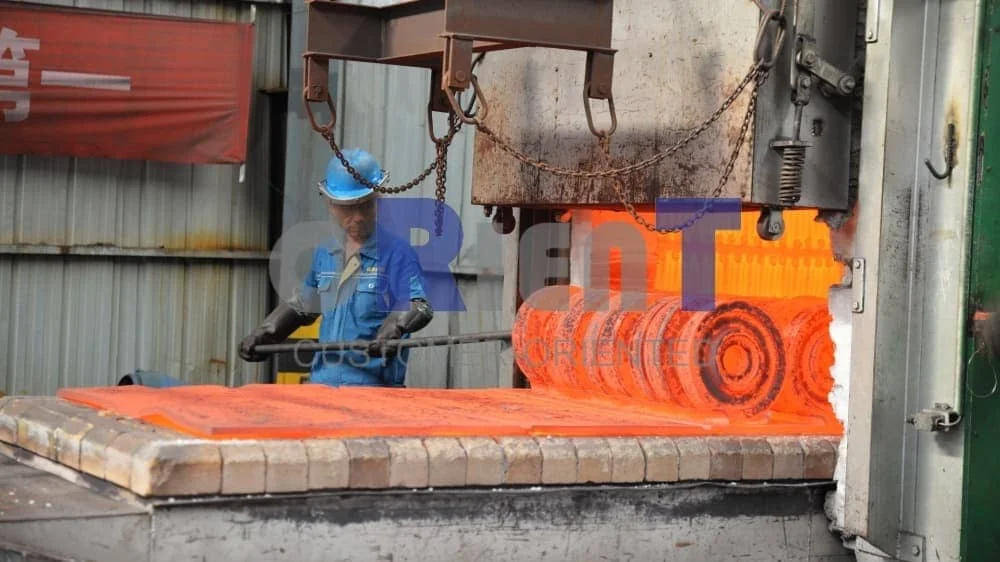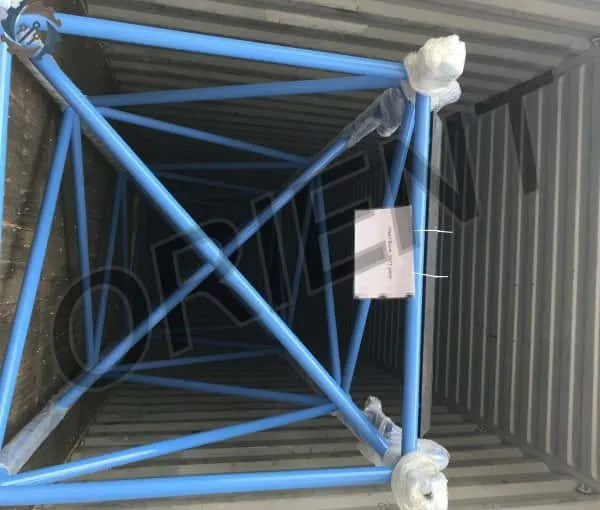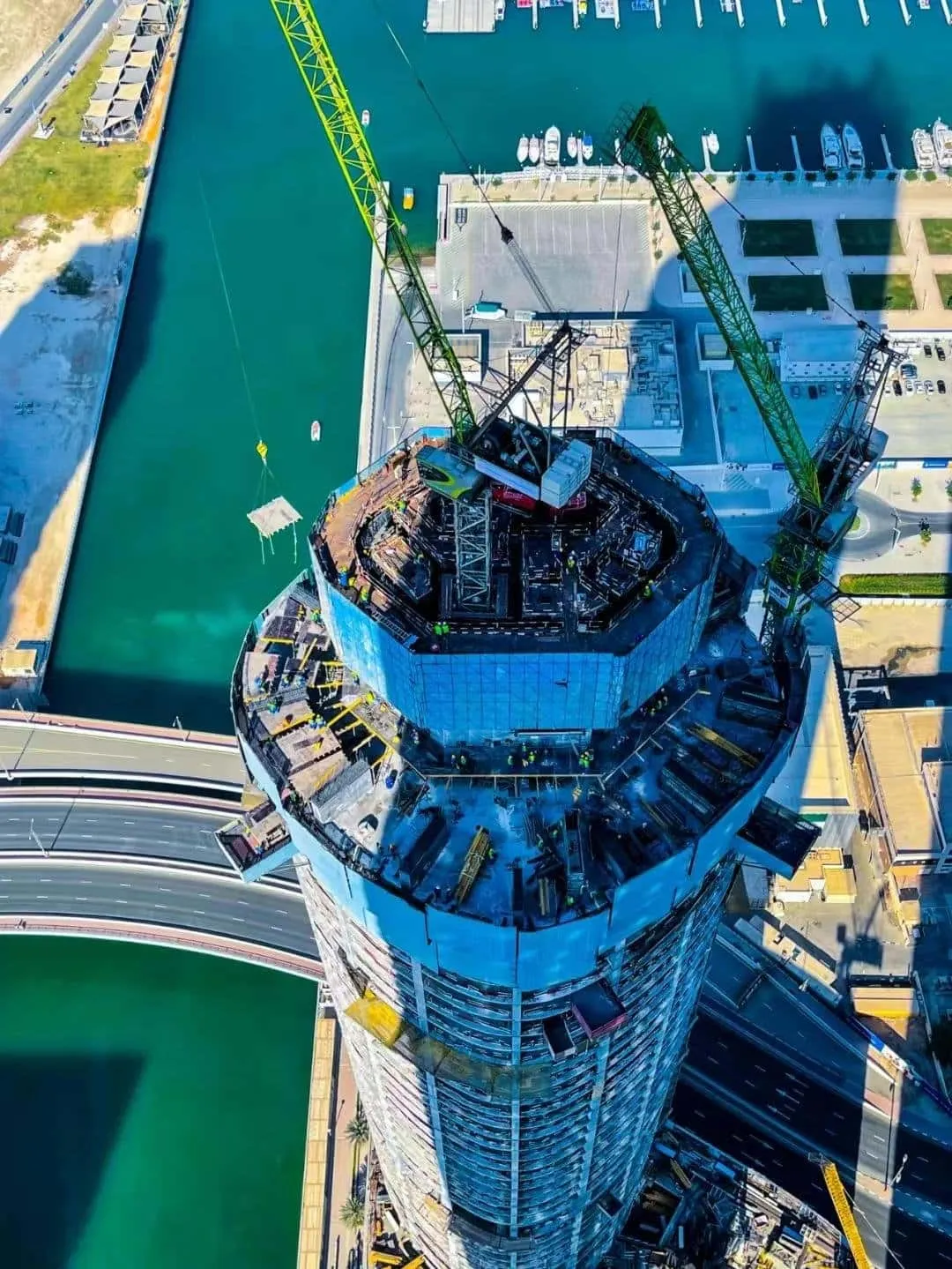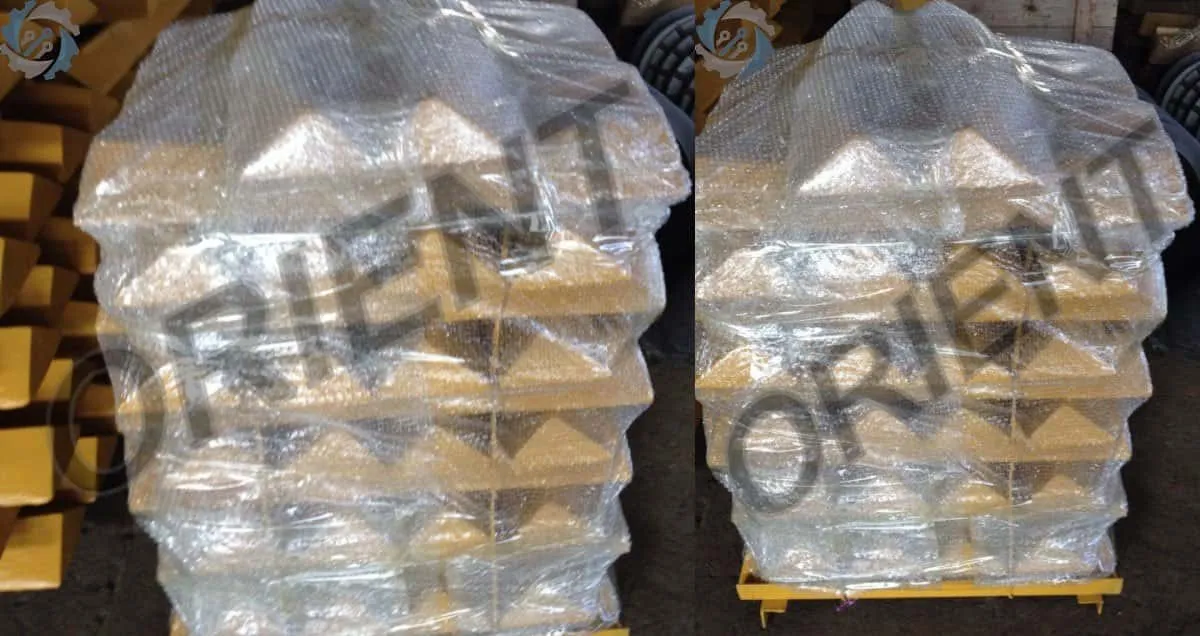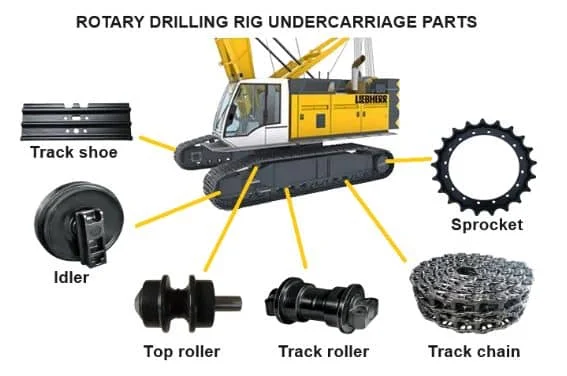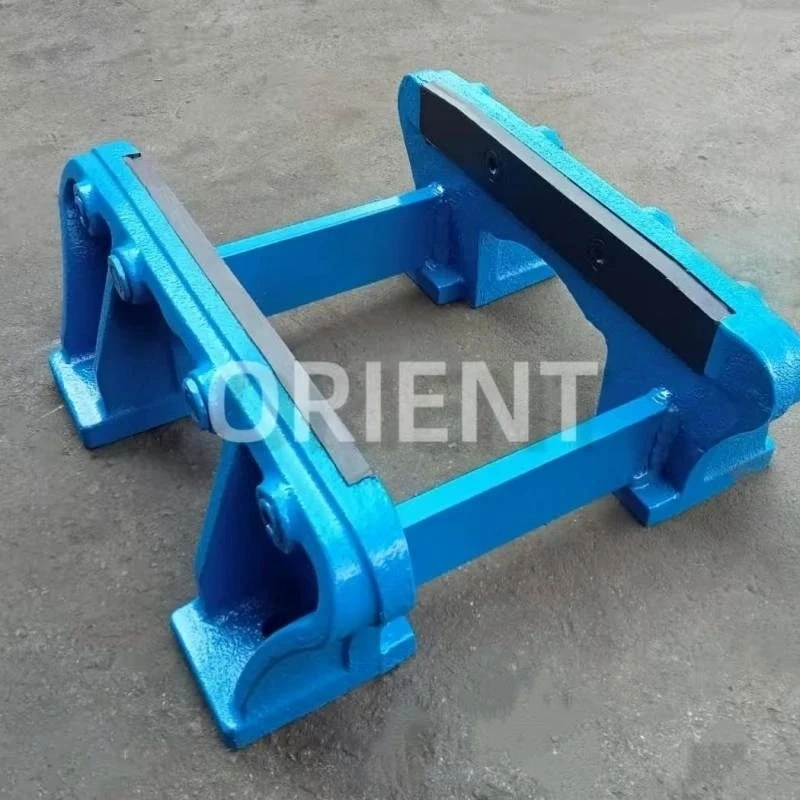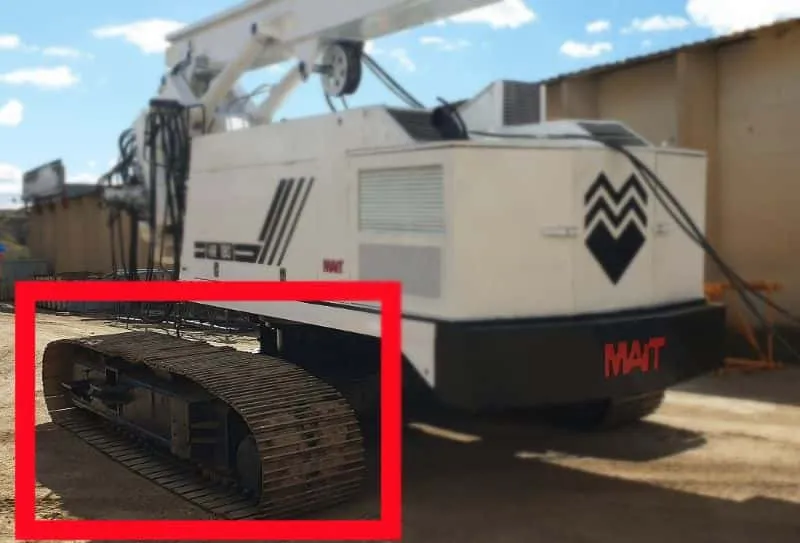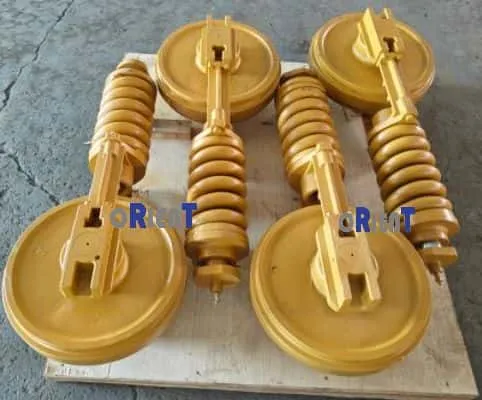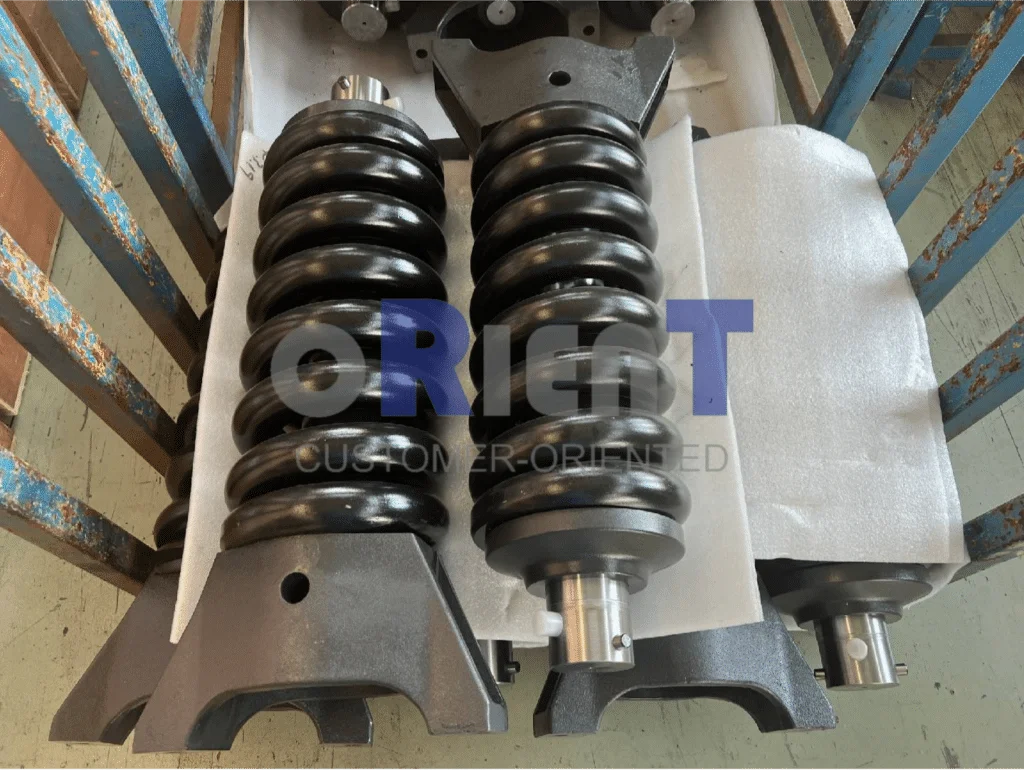Comprehensive Guide: Inspecting a Used Rotary Drilling Rig
Purchasing a used rotary drilling rig is a significant investment. A thorough inspection is crucial to ensure you’re getting reliable equipment and avoiding costly future repairs. This guide outlines the key areas to examine before making a decision.

Exterior Inspection
Pay close attention to the rig’s overall condition and key structural components.
Overall Appearance & Paint: Look for signs of large-area repainting, which could hide significant damage or corrosion. Check the equipment nameplate for clarity and completeness – it contains vital model, serial number, and manufacturing date information.
Kelly Bar & Drill Bit: Examine the Kelly bar surface for excessive wear, bending, or cracks, which pose safety risks and affect lifespan. Check the drill bit for wear; uneven or excessive wear necessitates replacement. Ensure the drill bit connection is secure and free from loosening or deformation.
Chassis & Undercarriage: Inspect crawler components (plates, links) for wear, which impacts stability and mobility. Check chassis structural parts like the frame and outriggers for deformation, cracks, or corrosion. Chassis integrity is vital for safe operation.
Power System Inspection
The engine and hydraulic system are the heart of the rig.
Engine:
Listen for abnormal sounds during startup (knocking, friction).
Check for stable idling; observe for excessive shaking or black smoke (indicating incomplete combustion or cylinder issues).
Verify engine oil level and condition (dark or impure oil suggests internal wear).
Inspect the cooling system (radiator, fan, coolant level) to prevent overheating.
Hydraulic System:
Check the hydraulic oil tank’s fluid level and oil quality (cloudy or odorous oil indicates potential contamination or wear).
Look carefully for leaks in hydraulic lines, especially at joints and seals.
Operate all functions (Kelly bar lift, rotation, drilling) and assess the system’s responsiveness and pressure. Sluggishness or weakness can point to pump, motor, or valve issues.
Electrical System Inspection
Ensure the controls and wiring are in good working order.
Control System: Verify all buttons, switches, and indicator lights on the control panel function correctly. Check the system for any active fault codes or alarm messages.
Wiring & Cables: Inspect external wiring for damage, aging, or loose connections. Ensure the equipment has proper grounding for operational and operator safety.
Working Performance Test
Simulate real-world operation to gauge performance.
Drilling Performance: Conduct a trial drill. Observe the drilling speed and stability. Note any excessive vibration during operation, which could indicate component wear or imbalance.
Lifting & Rotating: Test the Kelly bar’s lifting capacity against its specifications. Check if the rotation speed and torque meet operational requirements.
Maintenance Record Inspection
Historical data provides valuable insights into the rig’s upkeep.
Repair History: Request and review repair records. Look for major failures (engine, hydraulics overhaul) and understand the reasons, timing, and quality of repairs.
Maintenance Schedule: Examine records of regular maintenance (oil changes, filter replacements). Consistent, documented maintenance suggests better care and potentially higher reliability.
Conclusion:
A meticulous inspection covering these key areas is essential when considering a used rotary drilling rig. Taking the time to thoroughly evaluate the equipment’s condition can save significant time and money in the long run.
Yantai Orient, your reliable partner of drilling rig undercarriage parts!





